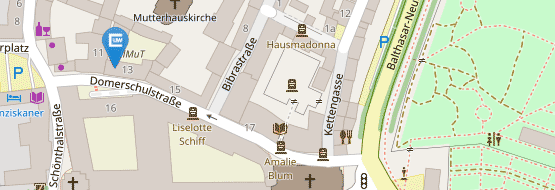Vuvuzelas - W 15 a-c





Fußball-Fantrompete mit Ursprung in Südafrika. Außerhalb Südafrikas populär geworden im Zuge der Fußballweltmeisterschaft von 2010.
Typus Längstrompete, entweder aus einem Teil oder zusammengesetzt aus zwei bis drei Teilen. Plastikspritzguss.
W 15 a: Farbe, Teile, Maße
W 15 b:
W 15 c:
Literatur:
– Doran H. Ross, From the Black Stars to BaGhana BaGhana and Beyond, in: African Arts 44/2 (South Africa after the Ball: Art and the World Cup 2010), summer 2011, S. 1 und 4–7.
– Peter Alegi und Chris Bolsmann (Hg.), Africa's World Cup: Critical Reflections on Play, Patriotism, Spectatorship, and Space, University of Michigan Press 2013.
{2018-12-2; Instrumentenkunde-Seminar}






